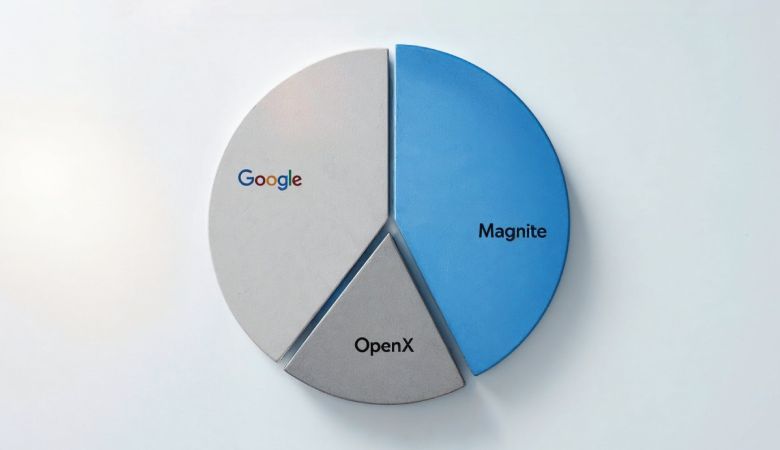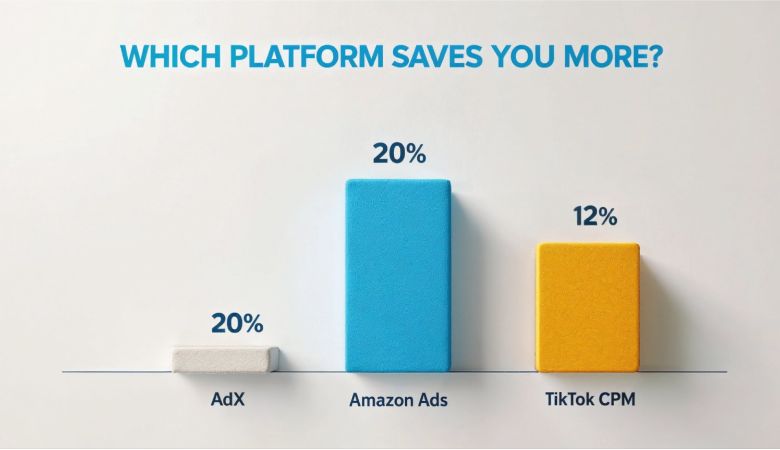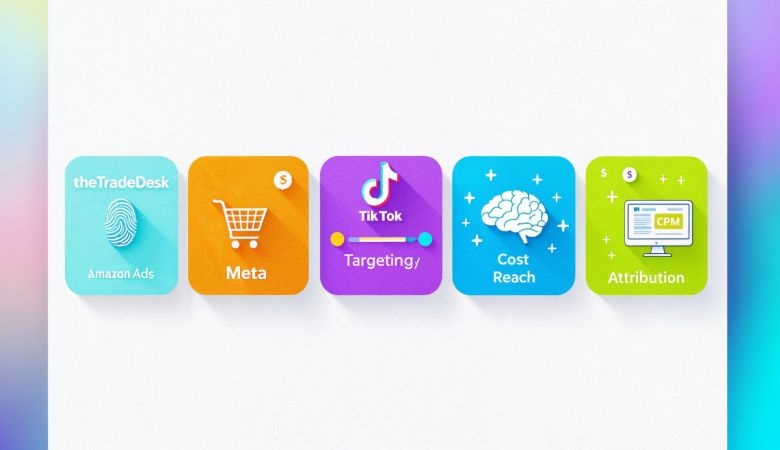The Impact of Google’s Ad Tech Monopoly Ruling on Digital Marketing
On April 17, 2025, a U.S. District Court ruled that Google maintained an illegal digital advertising monopoly in publisher ad servers and ad exchanges, reshaping digital marketing. This decision targets Google’s control over its Google publisher ad server (DoubleClick for Publishers, or DFP) and real-time bidding AdX, signaling potential drops in ad costs and increased competition. For startups, small businesses, and enterprises, this ruling demands agile strategies to thrive in a shifting ad tech landscape.
This blog explores the ruling’s impact on SEO, pay-per-click (PPC), e-commerce, and social media marketing (SMO). Read on to adapt your digital approach and join the conversation on X with #AdTechRuling.
Understanding the Google Ad Tech Monopoly Ruling
What the Court Found
Judge Leonie Brinkema ruled that Google violated the Sherman Antitrust Act by monopolizing publisher ad servers (90% market share via DFP) and ad exchanges (54-65% via real-time bidding AdX). Key practices included:
- Tying DFP to AdX: Google required publishers to use DFP to access AdX’s instant ad auctions (like eBay for ads), locking them into its ecosystem.
- Auction Advantages: DFP gave AdX a “first look” to bid before rivals and a “last look” to outbid competitors, like a rigged casino game, cutting publisher revenue.
- Pricing Controls: Google’s rules blocked publishers from setting higher minimum bids for AdX, limiting rival exchanges.
- High Fees: AdX’s 20% fee, twice the industry’s 10%, inflated advertiser costs and reduced publisher payouts.
The court dismissed claims against Google’s advertiser ad networks but set the stage for remedies like divestitures, with Google planning to appeal.
Why It Matters
The Google ad tech monopoly has inflated ad costs and obscured auction transparency, hurting ROI. If AdX is divested, eMarketer predicts a 20% CPC drop by 2027, while The Trade Desk’s 25% client growth in Q1 2025 signals rising competition. Amazon Ads could capture 20% of Google’s programmatic e-commerce share by 2026, per AdWeek, urging marketers to diversify now.
Glossary:
- Real-time Bidding: Instant online ad auctions, like eBay bidding for ad space.
- Tying: Forcing the use of one product (DFP) to access another (AdX), like bundling cable and internet.
- First/Last Look: Giving AdX priority to bid before or after rivals, skewing auctions.
Implications for Digital Marketing
SEO: Strengthening Organic Reach
With paid ads less predictable, SEO is vital. Google’s E-E-A-T guidelines prioritize high-quality content. Strategies include:
- Original Content: Publish unique blogs (e.g., “Ad Tech Ruling Impacts”) to build authority. Avoid rehashing news.
- Search Intent: Target Google ad tech monopoly and long-tail keywords like “ad tech ruling e-commerce strategies” for niche audiences.
- Structured Data: Use Article schema for rich snippets, boosting click-through rates.
- Updates: Refresh content quarterly to stay relevant.
PPC and Programmatic Advertising: Exploring Alternatives
The ruling may disrupt real-time bidding AdX, lowering costs. Adapts include:
- Competitor Platforms: Shift budgets to Meta Ads (Advantage+ AI targeting cuts CPAs 15%, per eMarketer), The Trade Desk (unified ID for privacy-safe ads), or Amazon Ads (12% take rate). TikTok’s Shop Ads offer 25% cheaper CPMs, ideal for Gen Z.
- Transparency: Demand auction clarity to avoid Google’s opaque practices.
- Targeting: Use CRM data for precise segments, improving ROI.
E-commerce: Optimizing Stores
E-commerce brands can offset ad revenue losses:
- Listings: For SEO, use keyword-rich descriptions and alt text (e.g., “illegal digital advertising monopoly impact”).
- Design: Ensure mobile-friendly, fast sites with clear CTAs, reducing bounce rates.
- Marketplaces: Sell on Amazon or Etsy to diversify revenue.
SMO: Boosting Engagement
SMO complements paid ads:
- Content: Share videos on TikTok’s Shop Ads (25% click boost, per eMarketer) or LinkedIn posts on ad tech trends.
- Paid Ads: Target niche audiences on Instagram or LinkedIn.
- Metrics: Track engagement and conversions to refine campaigns.
For example: Interactive Poll: Which ad platform are you testing post-ruling?
A) Meta Ads
B) Amazon Ads
C) The Trade Desk
D) TikTok
[Vote now and comment: “What’s your top ad challenge?”]
Competitor Analysis: Who’s Gaining Ground?
The ruling opens doors for competitors:
- The Trade Desk: Its unified ID and privacy-first ads drove 25% client growth in Q1 2025. They are ideal for programmatic scale.
- Amazon Ads: With a 12% take rate and AI-driven e-commerce targeting, it will grab 20% of Google’s programmatic share by 2026 (AdWeek).
- Meta Ads: Advantage+ AI optimizes bids, cutting CPAs by 15% (eMarketer). It is strong for B2C brands.
- TikTok Shop Ads: 25% cheaper CPMs and video hooks engage Gen Z, with 30% conversion lifts for retailers (eMarketer).
Technical SEO and UX Best Practices
Blog Structure
Optimize for readability and SEO:
- Headings: Use H1/H2 for hierarchy (e.g., “SEO: Strengthening Organic Reach”).
- Paragraphs: Keep short (2-3 sentences) for mobile.
- Multimedia: [Insert video: “How real-time bidding AdX works,” with alt text: “AdX auction explainer.”]
- Meta Tags: Use Google ad tech monopoly in titles (under 60 characters).
Technical SEO
Ensure crawlability:
- Mobile-Friendly: Use a responsive design.
- Speed: Compress images, use CDNs. Check Google PageSpeed Insights.
- URLs: Use “/ad-tech-ruling-impact.”
- Links: Link to the DOJ’s ruling summary and related blogs.
User Experience
Retain visitors with:
- Navigation: Add breadcrumbs, search tools.
- Fonts: Use 16px Arial.
- Accessibility: Include alt text and semantic HTML.
Actionable Strategies
- Research Keywords: Use SEMrush for Google ad tech monopoly.
- Diversify Ads: Test Meta, Amazon, or TikTok Ads, tracking CPC.
- Boost SEO: Publish E-E-A-T blogs, updated quarterly.
- Optimize E-commerce: Improve site speed, add Etsy.
- Leverage SMO: Post TikTok videos for Gen Z.
- Monitor SEO: Use Google Search Console.
- Stay Updated: Follow #AdTechRuling on X.
Partner with our Digital Marketing Agency
Ask Engage Coders to create a comprehensive and inclusive digital marketing plan that takes your business to new heights.
Conclusion
The Google ad tech monopoly ruling could slash ad costs 20% by 2027 (eMarketer) and boost competitors like The Trade Desk and Amazon Ads, which may overtake Google in e-commerce programmatic by 2028 (AdWeek). To seize this opportunity, diversify platforms, optimize SEO, and engage via SMO. Stay agile and data-driven to thrive.










